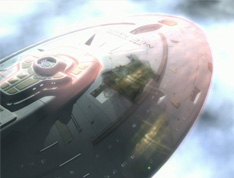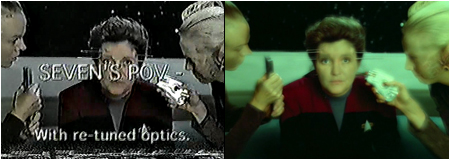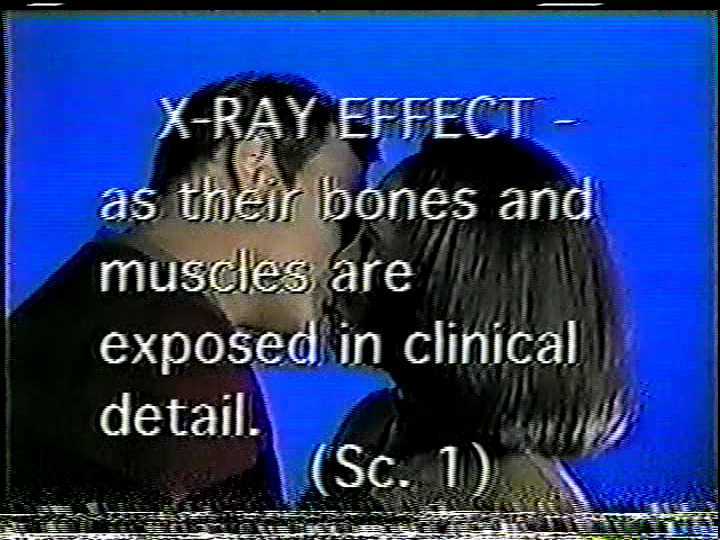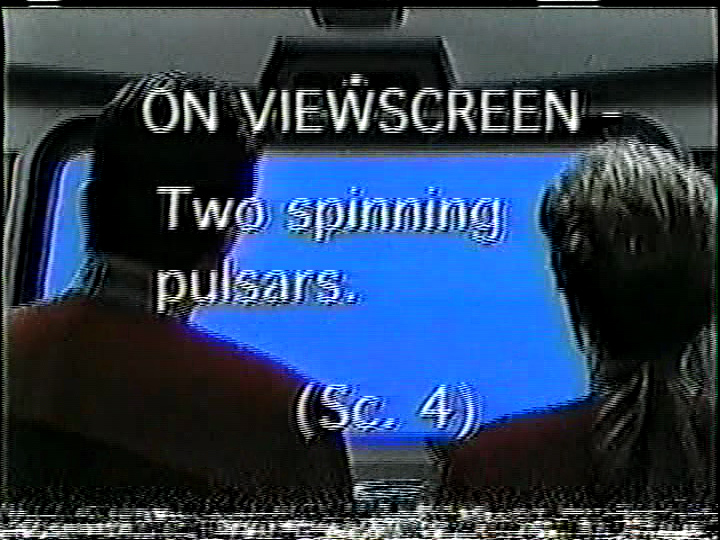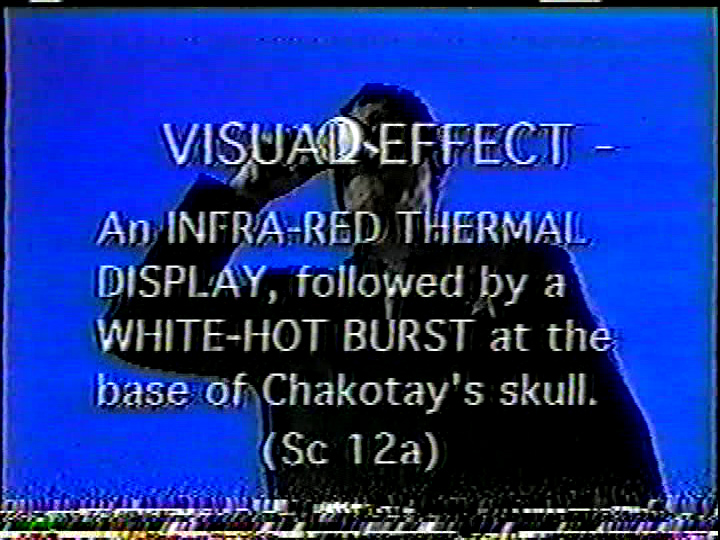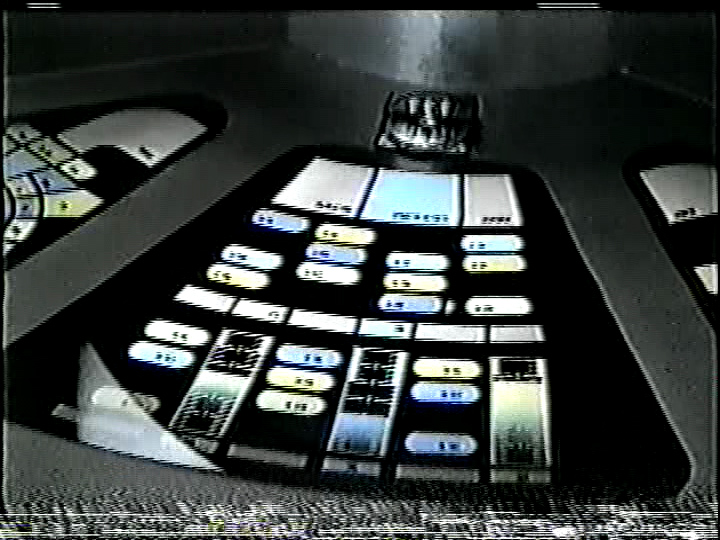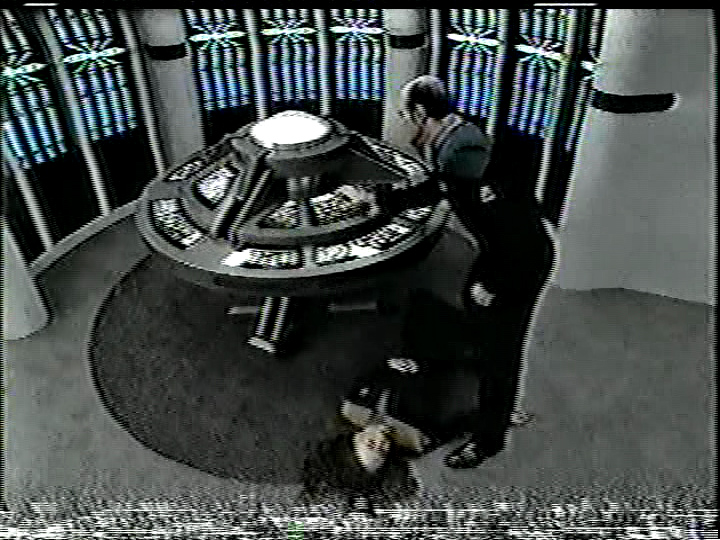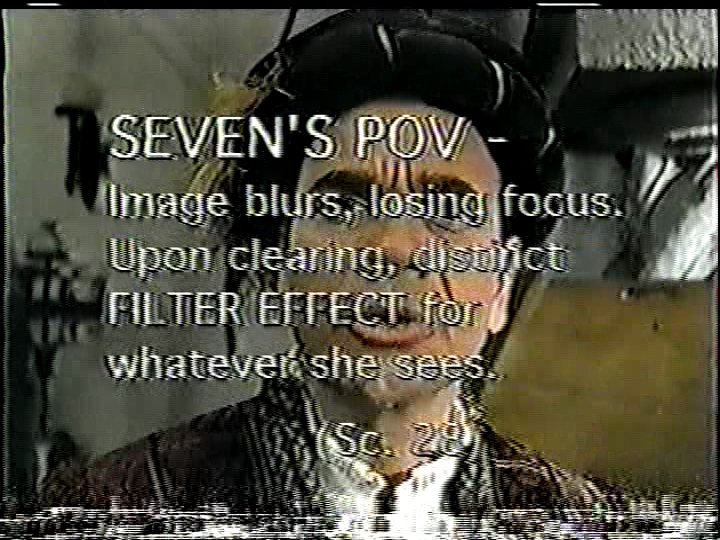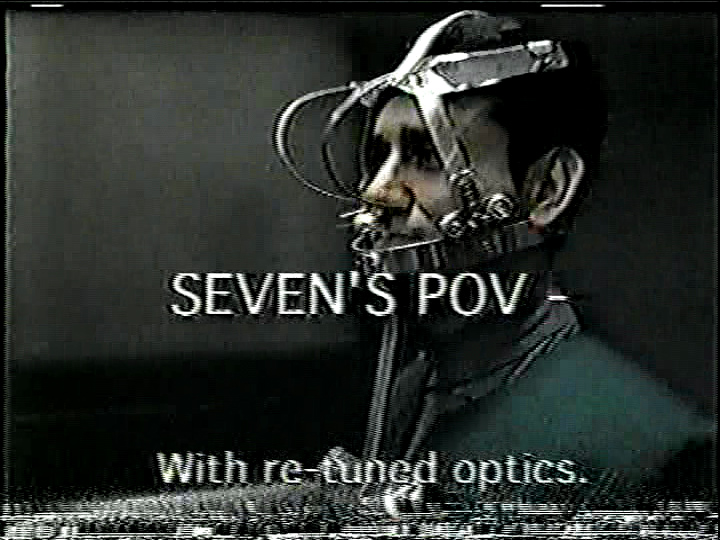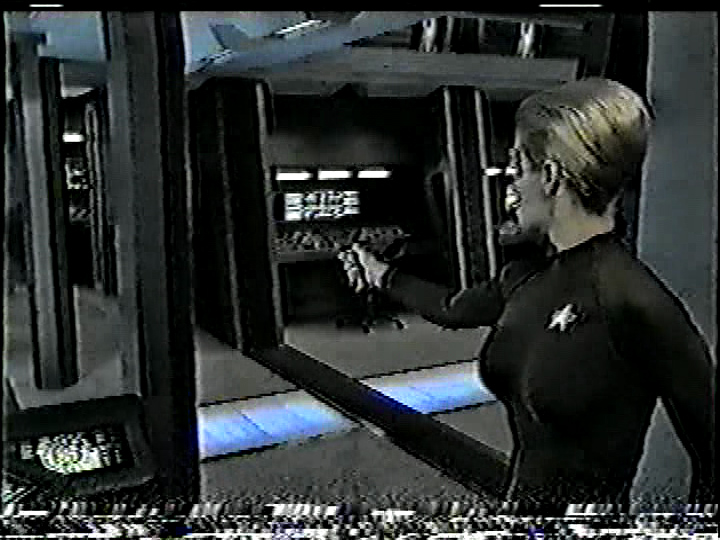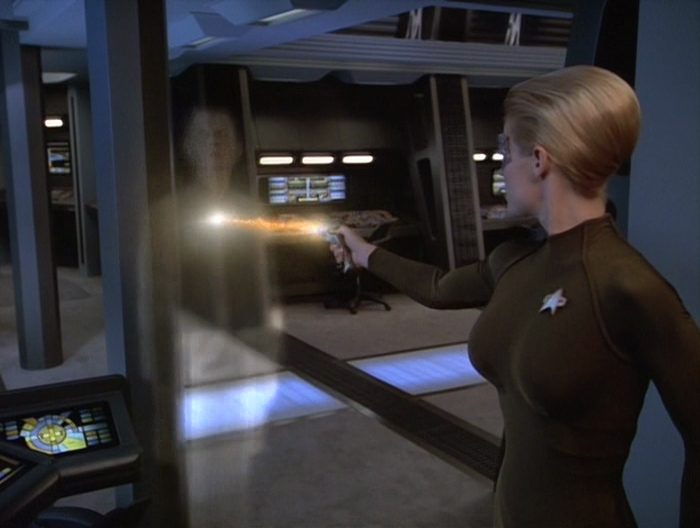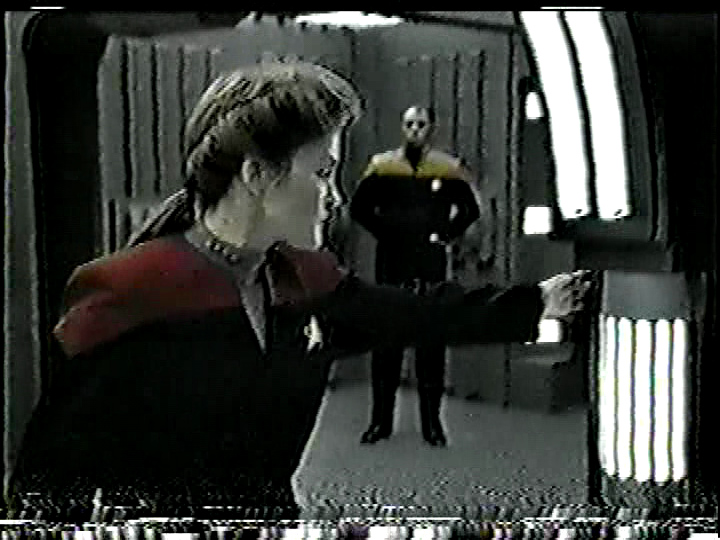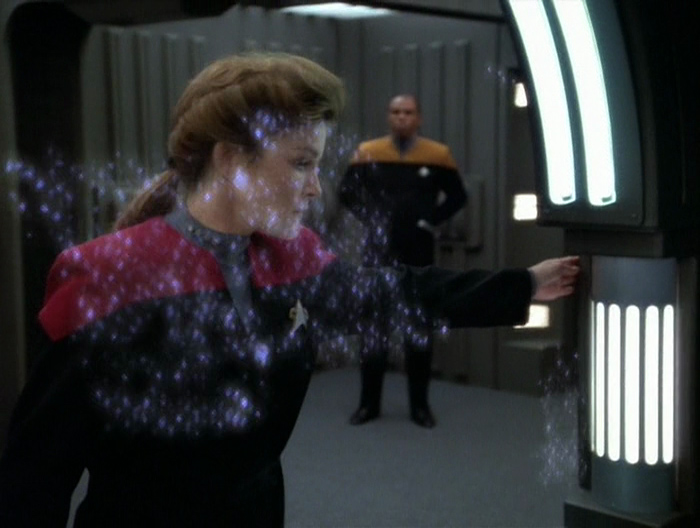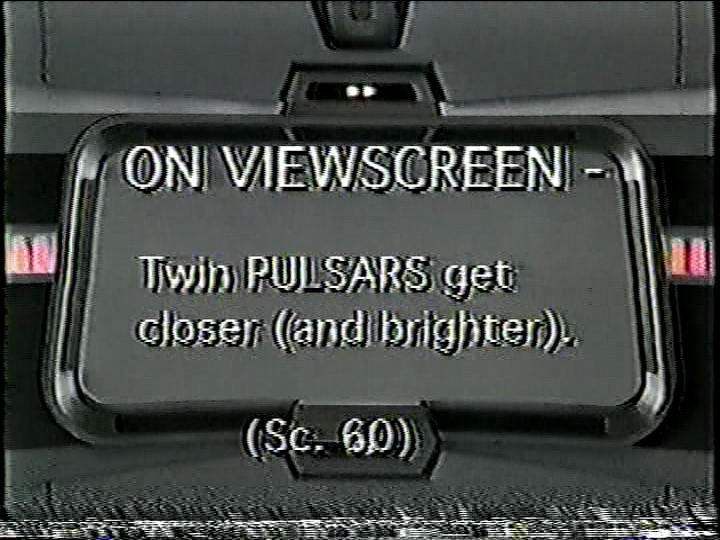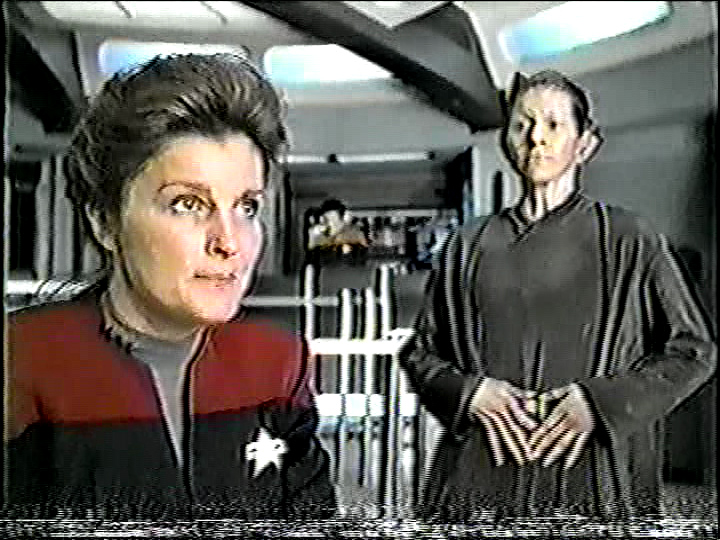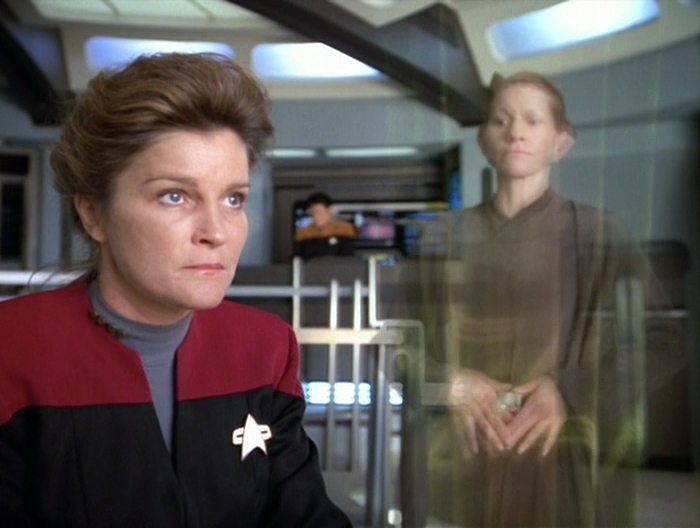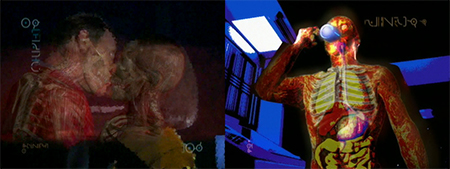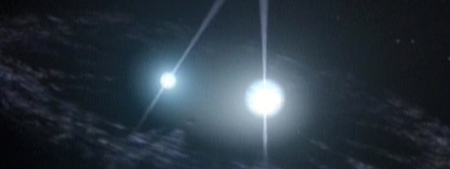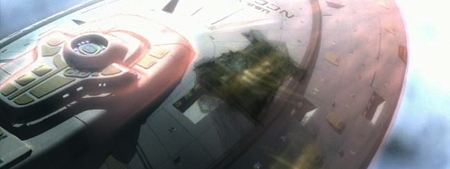 For 15 years, Dayton Ward has sparked our imaginations with some of the most memorable entries in the huge evolving world of Star Trek literature.
For 15 years, Dayton Ward has sparked our imaginations with some of the most memorable entries in the huge evolving world of Star Trek literature.
His latest book “From History’s Shadow” is framed in the canon and timeframe of Star Trek: The Original Series but will pull readers back to mid-20th Century Earth to the height of alien-encounter hysteria. We caught up with Dayton to discuss the book, his work on the upcoming series The Fall and much more!
![]()
TrekCore: This month sees the release of your much-anticipated TOS novel, From History’s Shadow. We already know from the information that’s been released so far that it has to do with the 1947 Roswell Incident, as well as a few of the characters from that encounter. What other tidbits can you reveal about this story?
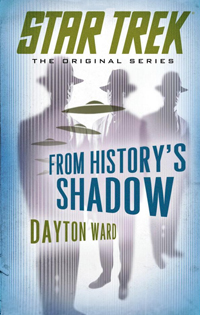 Dayton Ward: As you’ve probably guessed, the story has ties to the Deep Space Nine episode “Little Green Men,” but there also are links to other Star Trek episodes: “Assignment: Earth” from the original series, and “Carbon Creek” from Enterprise. The story is actually something I’ve had in my “idea file” for several years.
Dayton Ward: As you’ve probably guessed, the story has ties to the Deep Space Nine episode “Little Green Men,” but there also are links to other Star Trek episodes: “Assignment: Earth” from the original series, and “Carbon Creek” from Enterprise. The story is actually something I’ve had in my “idea file” for several years.
A long while back, I had this idea of taking the basic premise I’d set up in a short story called “The Aliens Are Coming!,” which I’d written for the third Star Trek: Strange New Worlds contest, and expanding it into a novel. Well…I finally got around to doing just that.
As it happens, the outline I wrote years ago featured the Deep Space Nine crew, leading out from the events of “Little Green Men.” I pitched that back when Pocket was still doing two Star Trek novels a month, but when the decision was made to streamline to one such book per month, oddball projects like my idea didn’t really fit with the other efforts underway at that time.
Then, a year or so ago my editor asked me for a TOS novel to be published in 2013. Now that things have started to swing back the other way a bit, and there’s something of a balance between multi-book arcs and standalone tales, I thought something like this quirky notion of mine could work. So, I dug this outline out of my files and reworked it to feature Kirk and the gang.
TrekCore: Although From History’s Shadow is labeled as an original series story, it seems as though it might be somewhat “genre-busting” in nature, given what we know of the plot and the kind of “pulpy” appearance of the cover. In what ways does From History’s Shadow differ from the typical Star Trek novel?
Dayton Ward: While there is a framing story set in the timeframe of the original series, the bulk of the novel is set on Earth in the mid-20th century, starting in 1947 and progressing forward to 1969. Along theway, our main character is James Wainwright, the Army Air Forces captain introduced in “Little Green Men,” and the book will involve weaving bits of Trek lore and real history in and around the story I’ve set during this period.
If you get the idea that this approach is in a vein similar to The Eugenics Wars novels written by Greg Cox, go with that feeling, as I wanted from the beginning to make sure that From History’s Shadow complements those books. I also tried to make sure that it runs in line with Christopher L. Bennett’s Department of Temporal Investigations novel Forgotten History.
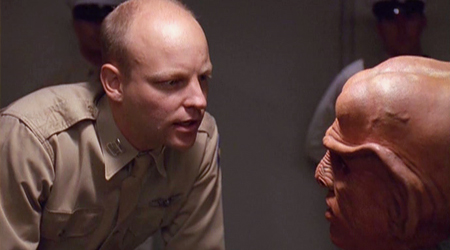 “From History’s Shadow” centers around Captain James Wainwright,
“From History’s Shadow” centers around Captain James Wainwright,
first introduced in Deep Space Nine’s “Little Green Men”
TrekCore: Most of your stories seem to be based in the Original Series-era of Trek. However, you have also written quite a few novels and short stories that take place in other time periods and settings. What is your favorite era of Star Trek to write about, and why?
Dayton Ward: I grew up with the original series, and it’s still my favorite, both as a fan and as a writer. I enjoy writing in the 24th century with the Next Generation crew, as well, and I’d love to do something set during the Star Trek: Enterprise era, or even that time period between Archer and Kirk’s adventures. For a real challenge, I’d like to try something set between “now” and Archer’s era. But, if I was forced to pick only one? It’d have to be the original.
TrekCore: January 2014 features another book from you, this one the fifth and final book in The Fall miniseries, entitled Peaceable Kingdoms. You mentioned on your blog that it will showcase the TNG crew on the Enterprise-E. What else can you reveal about the plot of this novel?
Dayton Ward: Well, I can’t say a lot, as I don’t want to risk spoiling anything from the books which will come before Peaceable Kingdoms. I’m picking up a couple of plot points established in those books, as well as writing my own story to (hopefully) bring it all together to a satisfying conclusion. There’s a lot going on in the other books, most of it being set into motion by Revelation and Dust by David R. George III.
Though the first four books will feature various characters from Next Generation and Deep Space Nine as well as ships and crews created in the novels – the Titan and the Aventine – mine will largely focus on the crew of the Enterprise-E, with one of the major subplots involving Beverly Crusher going off on a mission of her own. Expect hijinks to ensue.
TrekCore: Your work on The Fall involves collaborating with four of your fellow authors. Tell us a bit about that process. Are the stories closely tied together, or are they more stand-alone? What was it like to coordinate your writing efforts?
Dayton Ward: While each of the books is fairly standalone, certain plot threads are “handed off” in one fashion or another with each successive book. While the intent is that each book can be read on its own, readers of course will get the full experience by reading the entire series. (Shameless marketing plug ends.)
As for the collaboration process, it was pretty involved. Lots of emails sent back and forth, as well as coordination and oversight by our editor, along with feedback offered on each of the manuscripts. This level of teamwork can add to the complexity of the project, but it also makes it more fun (for me, anyway). I like brainstorming with fellow writers, as it can result in some great story plotting sessions.
I spent one afternoon talking with James Swallow as he helped me to talk through ideas I was working out for my novel, and how it would carry forward from the story he was developing for The Poisoned Chalice. That was a lot of fun.
TrekCore: Many of your Trek writing credits are with writing partner Kevin Dilmore. Is there any chance we could see another collaboration between the two of you in the future?
Dayton Ward: Count on it. Stay tuned for an announcement to that effect, which hopefully will come sooner rather than later.
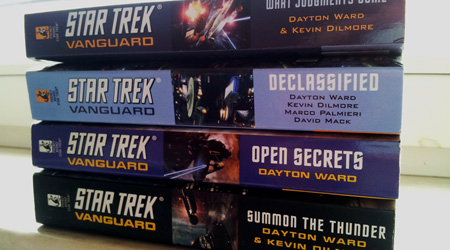 A selection of Ward’s entries in the “Vanguard” series
A selection of Ward’s entries in the “Vanguard” series
TrekCore: The Vanguard series, which you contributed to along with Kevin Dilmore and David Mack, was a fascinating and refreshing take on Star Trek, and the TOS universe in particular, bringing a really cool mix of “grittiness” and sophistication to it. Would you be interested in taking part in a project like that again? What era/situation would you be interested in exploring that hasn’t been tackled before?
Dayton Ward: Vanguard was something very special, and while it was David’s baby (along with co-creator Marco Palmieri), Kevin and I were privileged to contribute to it. There’d been nothing quite like it done before for Star Trek fiction, and I don’t mind telling you that that the brainstorming sessions we had over the years were epic. It was a total blast from start to finish, and I’m very proud of what we were able to accomplish.
I’d absolutely collaborate with Kevin and David again on another such project, be it for Star Trek or something completely different. We’ve had a few discussions about that very thing, and even tossed around a few ideas for each other to chew on. Who knows? Maybe one of those ideas will stick.
TrekCore: As someone who has written Star Trek stories professionally for the past fifteen years, it is safe to refer to you as a veteran of Star Trek fiction. In that time, what would you say is the best or most memorable experience you’ve had as a result of writing Star Trek?
Dayton Ward: There’s a bunch of them. We already talked about Vanguard, which I consider a high point of my writing for Star Trek. Another project of which I’m very proud is a collaborative effort from 2006: the Star Trek: Mere Anarchy e-Book mini-series that was done as part of Pocket Books’ celebration of Star Trek’s 40th anniversary. Getting a chance to work with the other writers on the project was rewarding by itself, but when one of those writers is Howard Weinstein, who wrote an episode for the animated Star Trek series (“The Pirates of Orion”)? What a treat, that was.
Along with the writing, which has opened various doors and presented numerous opportunities to me, I’ve made so many friends along the way—fellow writers, editors, fans. Some of these people I only see once a year at conventions, but it’s always wonderful to catch up, and we always make a few new friends every year, as well. The friendships are the truly wonderful gift from all of this.
TrekCore: What are your feelings on the legacy of the Strange New Worlds fan-fiction contest that ran for a decade and brought you into the Trek lit arena?
Dayton Ward: I obviously have strong feelings toward the contest, as it opened the first of those doors we were just talking about. I’m very proud of my association with Strange New Worlds, and I’ve missed it since it ended. I used to so look forward to seeing each new year’s list of winners. Would friends of mine make a second or third sale? Perhaps someone I knew who was entering the contest for the first time might make the cut.
I know it was never a big money-maker for Pocket Books, but it did bring in some new voices, both to Star Trek fiction and other genres. Several past contest winners have gone on to have amazing writing careers. Like most anthologies, the logistics an editor must navigate when assembling such a book present their own special set of challenges, but I’d love to see the contest revived in some manner at some point, and perhaps using the e-Book platform. I’d certainly be a cheerleader for it if it came to pass, but those kinds of decisions are way, way above my pay grade, though.
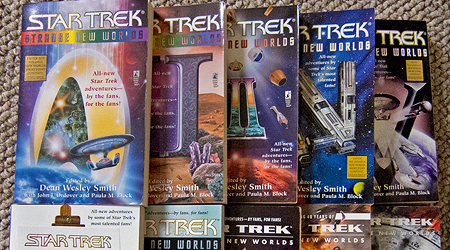 Ward was featured in an impressive three installments of “Strange New Worlds”
Ward was featured in an impressive three installments of “Strange New Worlds”
TrekCore: Prior to writing Star Trek novels, you spent time serving in the US Marine Corps. How has that experience influenced your writing? Is there anything you learned during your service that informs what you write about in the Star Trek universe?
Dayton Ward: I think it’s fair to say that those experiences get channelled into my writing from time to time, such as how I write certain types of characters. For the non-Star Trek fiction I’ve written that features a military bent, I’d like to think those experiences helped me to—for example—provide accurate descriptions and depictions of battle sequences and weapons or equipment, craft authentic-sounding dialogue, and so on.
Outside the stories themselves, I also tend to apply a “military mind set” to the actual work. It’s almost second nature for me to approach tasks and problems this way. Discipline with respect to schedules, work ethic, loyalty and support with respect to colleagues, that sort of thing. I’m not saying this method is better than other approaches, but it works for me and I get it right more often than not. Plus, I can still yell really loud when I need to!
TrekCore: You seem to be very well-connected with your fanbase, maintaining a very active blog and doing a lot of regular features on podcasts and Trek websites. What is the most rewarding part about keeping up a high level of interaction with the fans?
Dayton Ward: I just really like shooting the breeze with readers and fans. Yes, these venues can be marketing and promotional tools, but there’s a balance a writer or other creative type needs to strike when it comes to social media. You don’t want to stray too far to either side of the line separating promotion from simple “hanging out” and being…well…social. I think if you engage your readers and not always look to make it about selling something, the lion’s share of the marketing tends to take care of itself.
I’ve seen writers who go way overboard with the self-promotion push. Every Tweet or Facebook update or blog post is just another sales pitch for their book, comic, artwork, music, indie film, or whatever. It becomes so much noise after a while; an annoying buzz that people tune out. So far as my blogging or time spent on Facebook and Twitter, I definitely try to keep a healthy balance. Yes, I’ll talk up a new book, but I always attempt to present it without the “hard sell” tactics. Instead, I prefer to keep things light and have fun. There have been days where I was feeling grumpy or just flat out pissed off, and a few minutes joking around with people on Twitter or Facebook turns everything right around. So, I like to give back a bit of that.
Yes, some of these people might also be the same ones buying and reading my books, but that’s usually not what I’m thinking about when I post a funny picture or a snarky Tweet or Facebook update. For the most part, I just get a kick out of making people laugh, or at least getting a smile or chuckle out of them. To that end, I do goofy things on my own blog, or answer crazy questions every week from an internet radio program (the Sunday G&T Show, hosted by Nick Minecci, Terry Lynn Shull, and Mike Medeiros). Making people laugh on a deadline is a challenge, which is the main reason I do it in the first place, instead of….I don’t know….sleeping in on Saturday mornings, or whatever.
TrekCore: Outside of Star Trek, do you have any current projects on the go that you would like to inform our readers of? Also, where can fans of your work follow you online?
Dayton Ward: I’ve got a couple of short stories I’m working on for various small press or indie efforts, and I’ve been toying with the notion of a SF/Steampunk novel idea for a while, but that one keeps getting pushed back to make way for work where people are already paying me.
A while back, I also wrote a pulp SF short story, “The Terror of Entropia’s Ice Cannon!” that’s in the process of being adapted for audio format, and will hopefully be the first tale for a series we’re calling The Adventures of Space Marshal Dylan McCade. The goal is to have the first story ready to go in August, presented one “chapter” a day for a total of six chapters and each with its own cliffhanger ending like the old radio serials.
Beyond that? Well, Pocket Books seems to like keeping me busy, as I’ve been asked to write two more Star Trek novels: One for summer 2014 and another for early-mid 2015. I should hopefully be free to talk about the first of those projects within the coming weeks. Stay tuned! ![]()
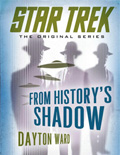 |
Order Star Trek TOS “From History’s Shadow” |

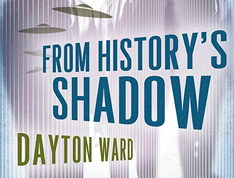
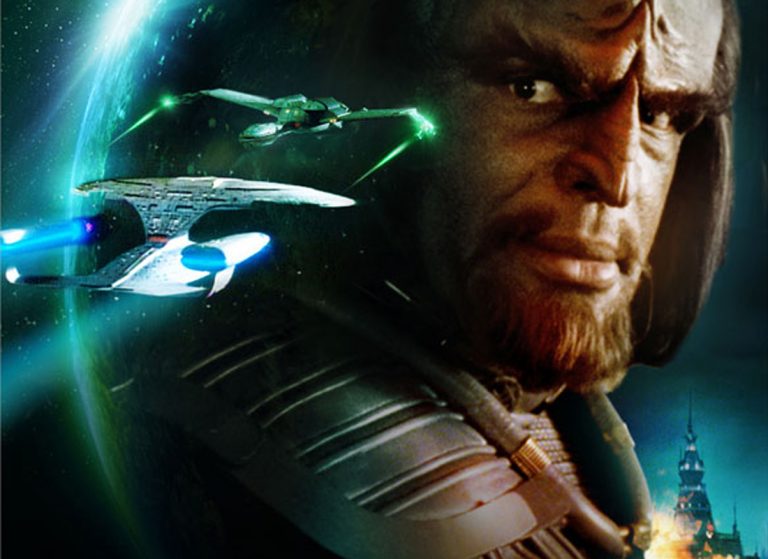
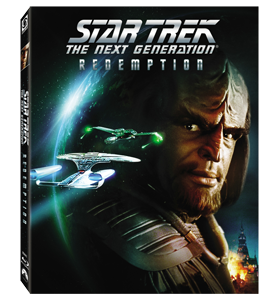 Star Trek: The Next Generation – “Redemption”
Star Trek: The Next Generation – “Redemption”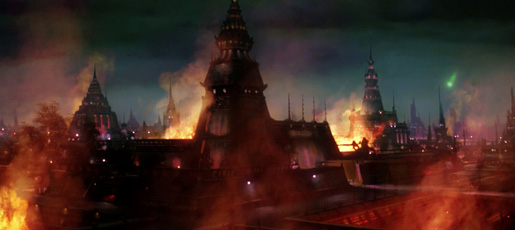

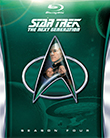
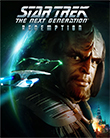
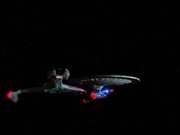
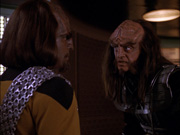
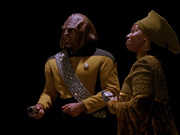
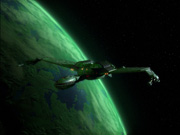
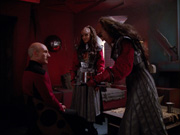
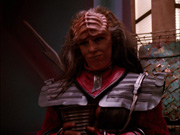
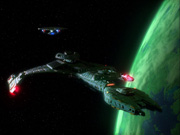
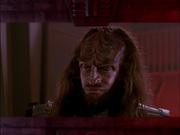
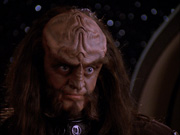
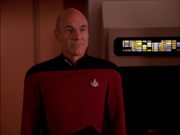
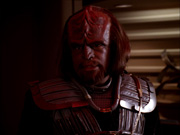
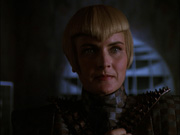
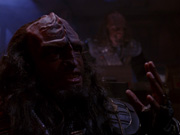
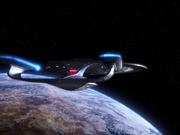
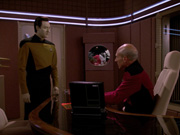
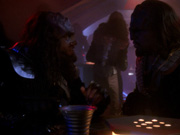
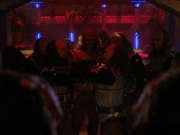
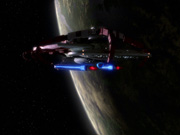
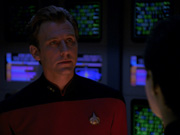
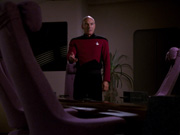
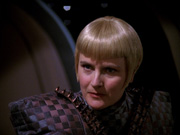
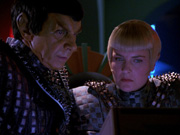
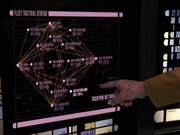
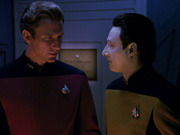
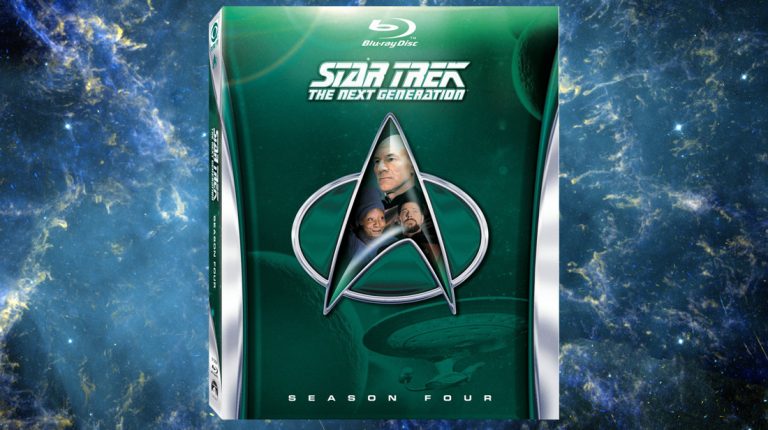
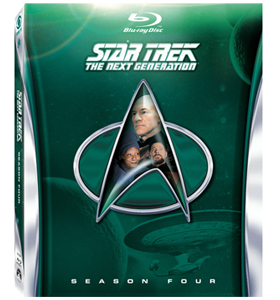 Star Trek: The Next Generation Season 4
Star Trek: The Next Generation Season 4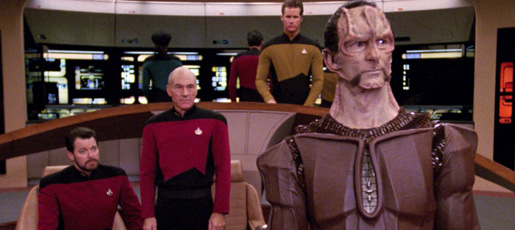
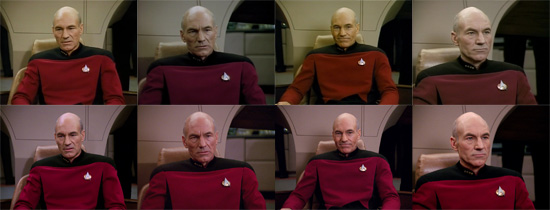
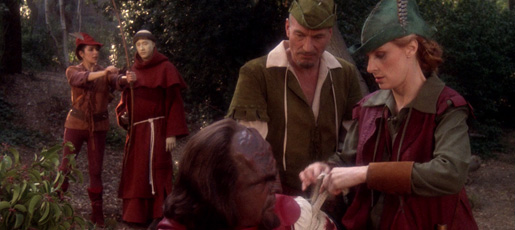
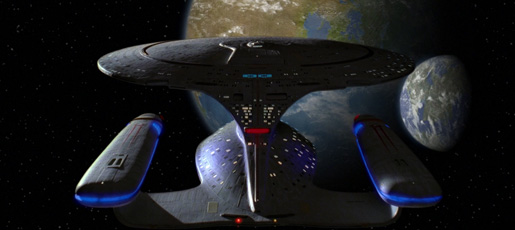
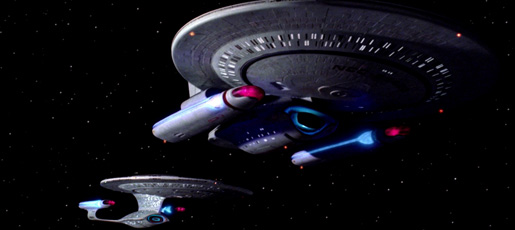
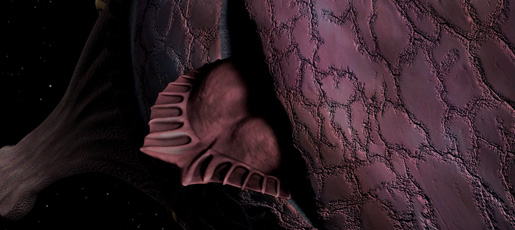
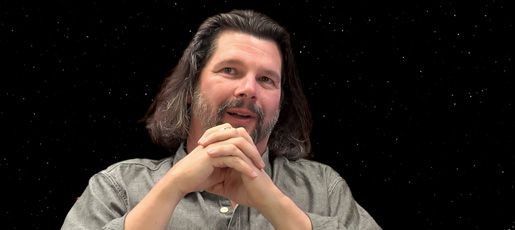
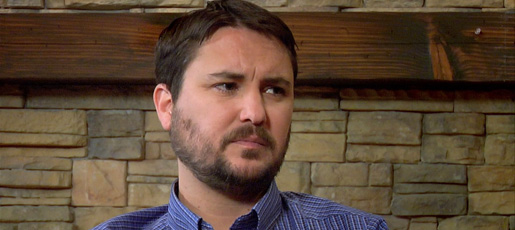
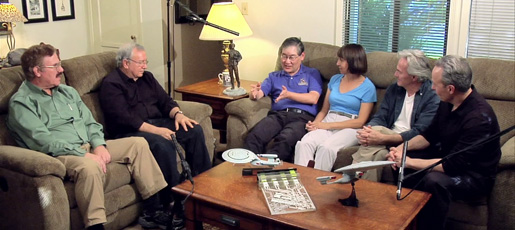
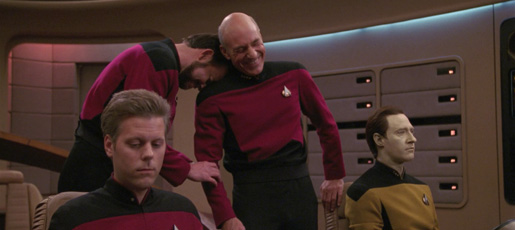
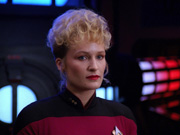
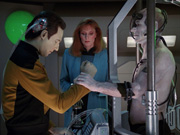
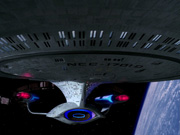
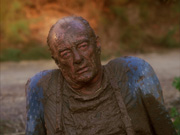
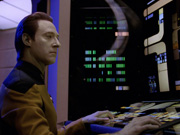
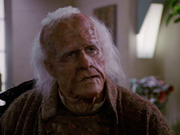
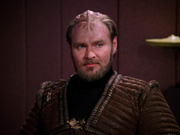
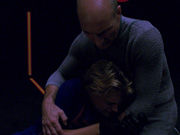
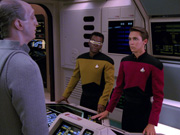
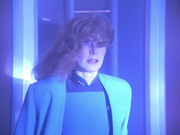
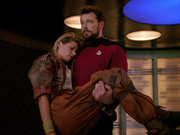
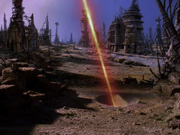
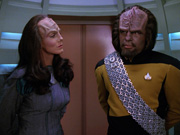
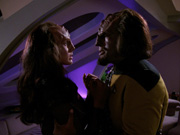
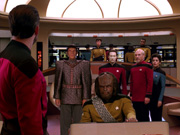
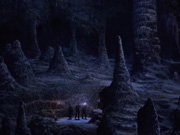
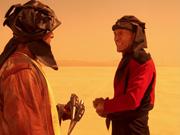
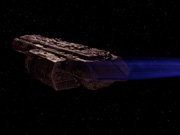
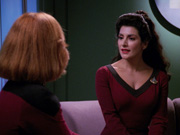
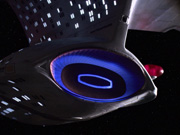
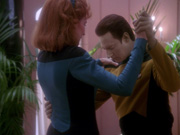
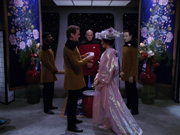
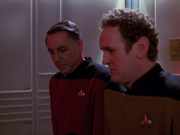
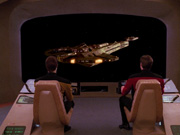
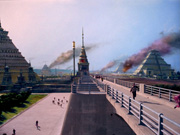
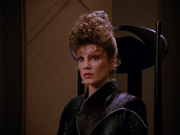
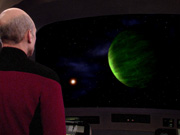
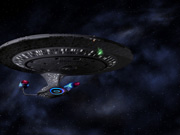
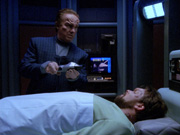
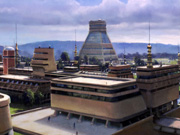
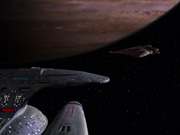
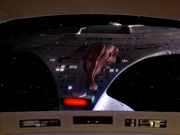
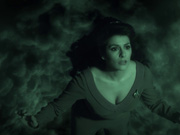
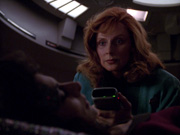
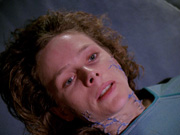
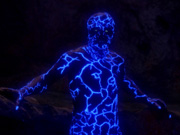
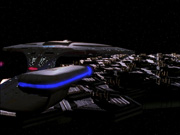
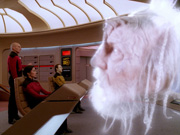
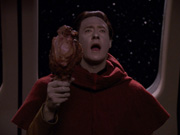
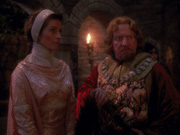
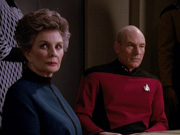
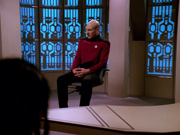
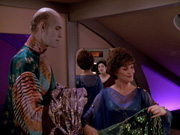
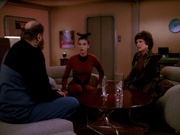
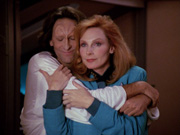
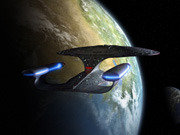
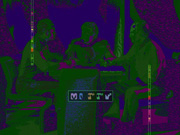

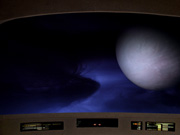
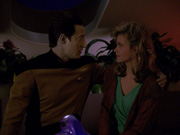
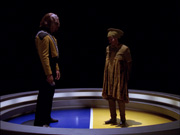
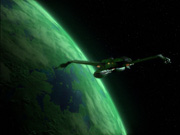
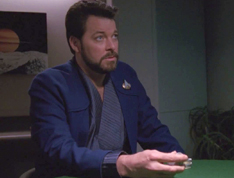
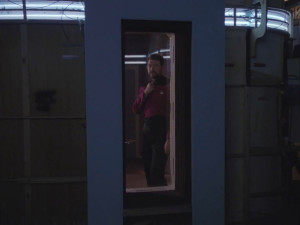
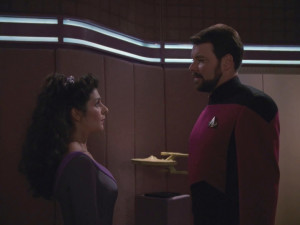
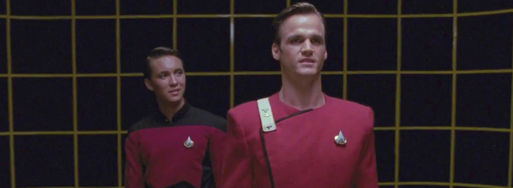
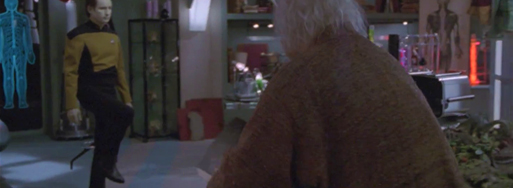
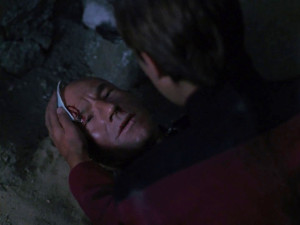
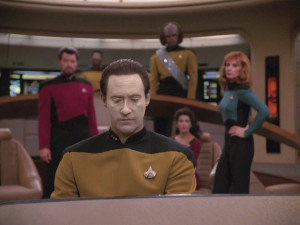
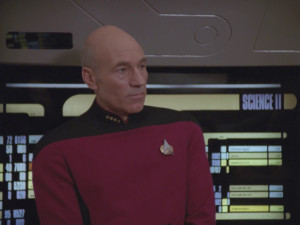
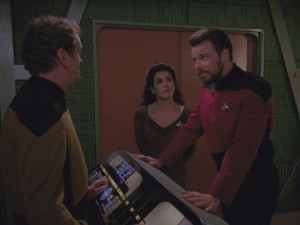
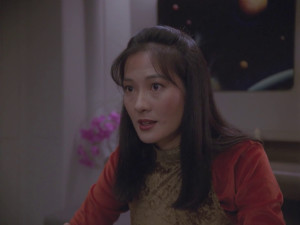
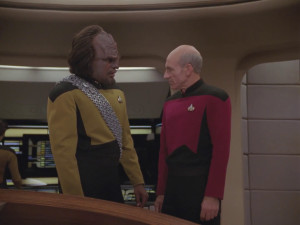
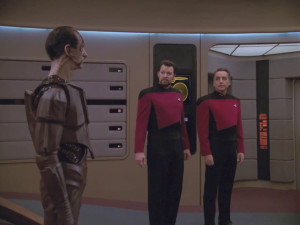
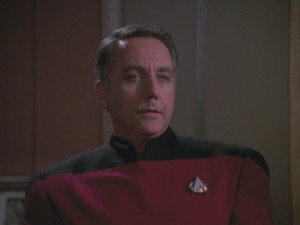
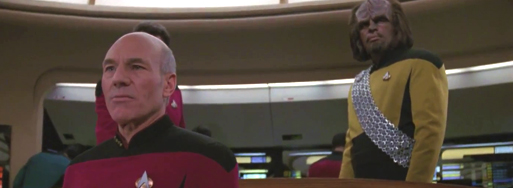
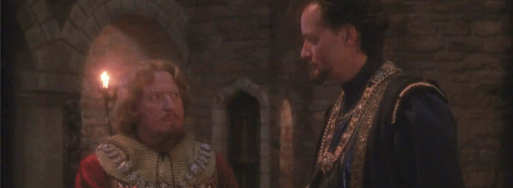
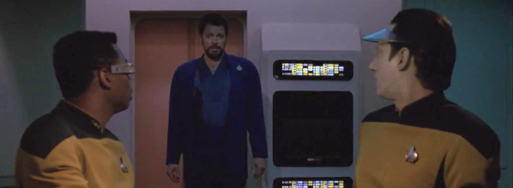
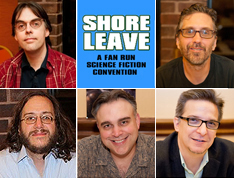
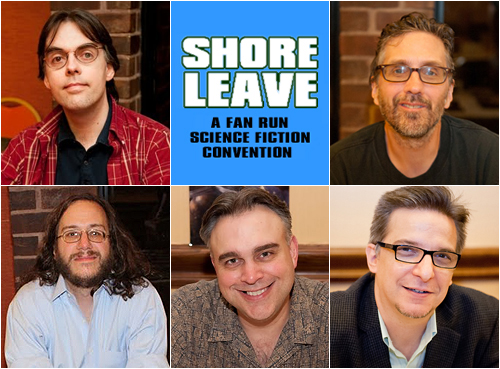
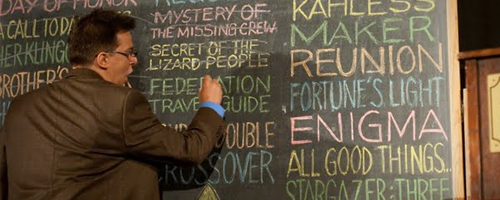
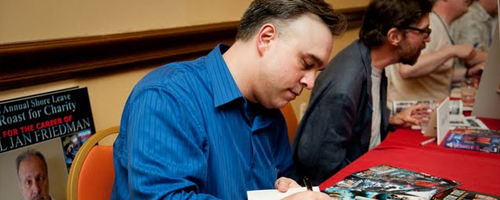
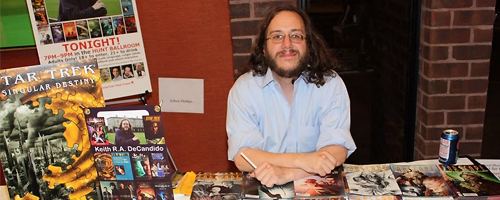

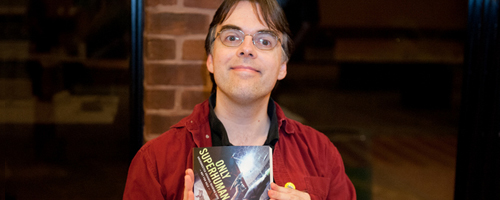
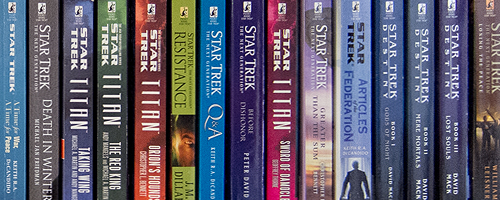
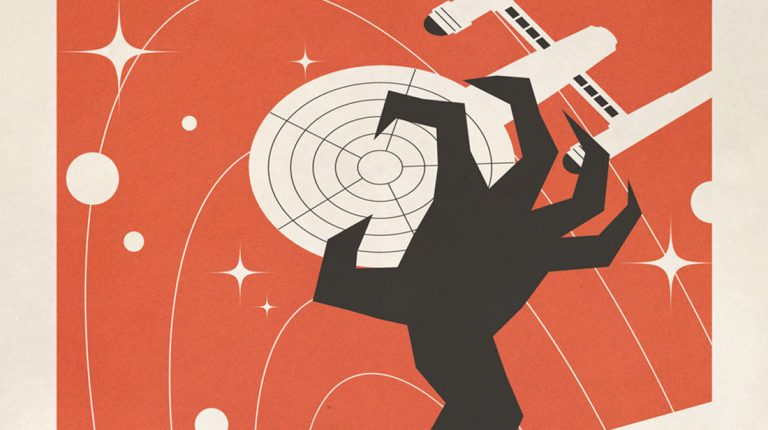
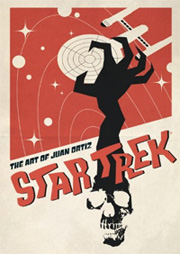
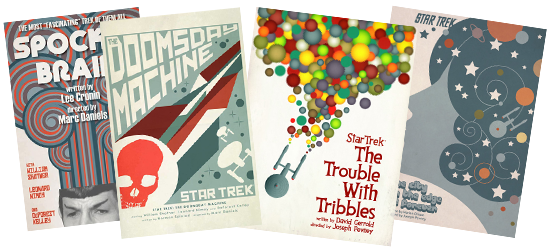
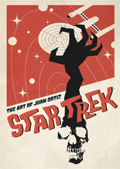
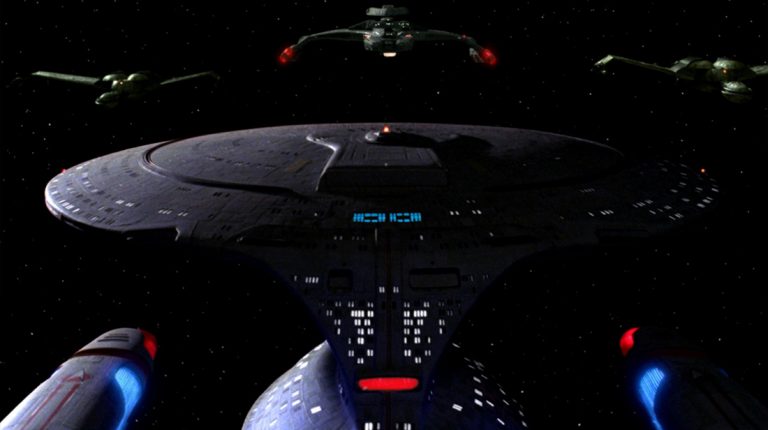
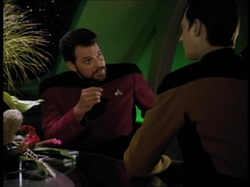
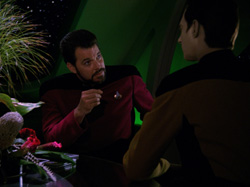
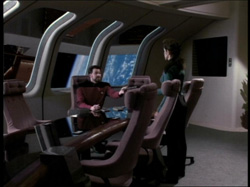
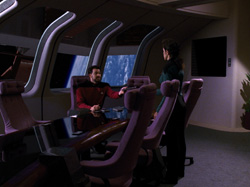

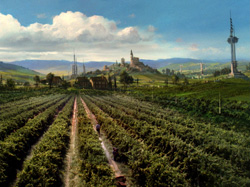
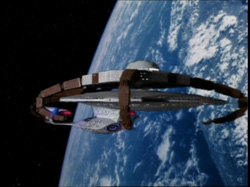
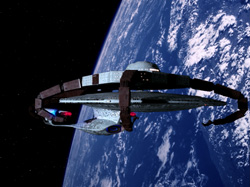
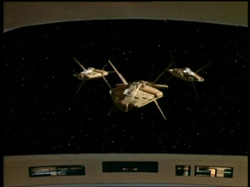
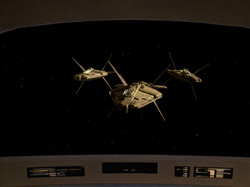
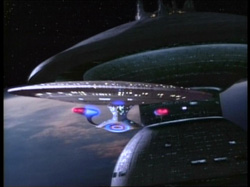
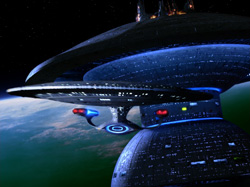
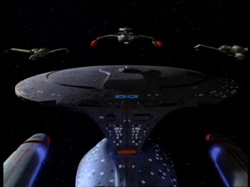
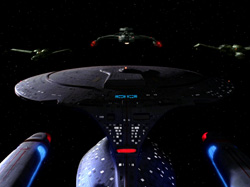
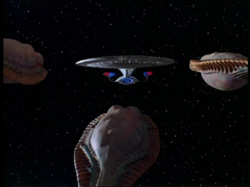
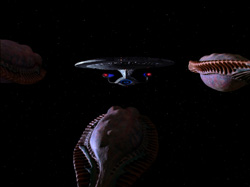
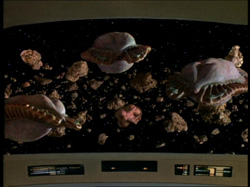
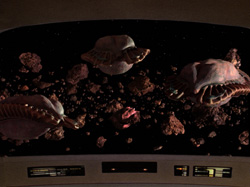
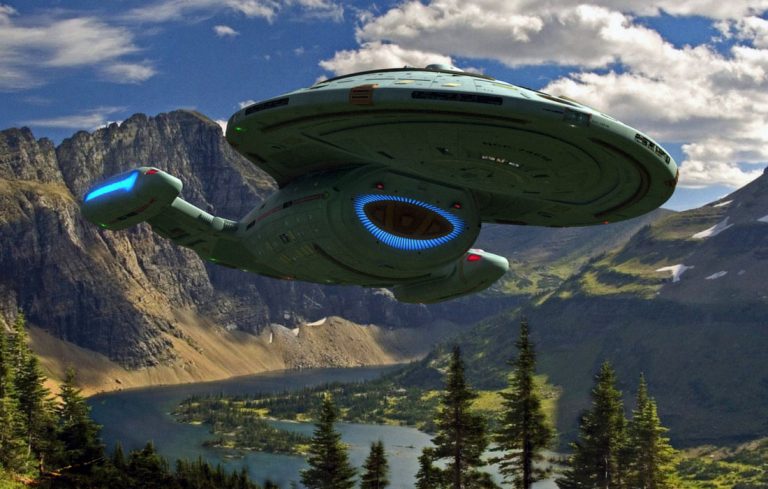


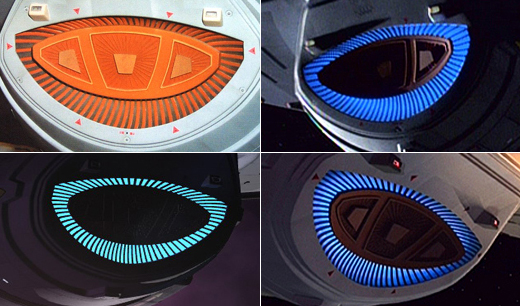
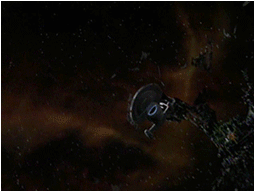
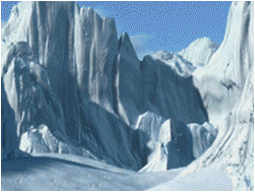
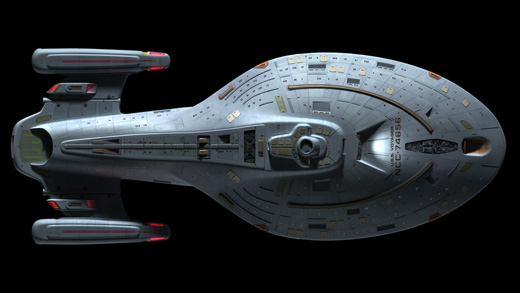
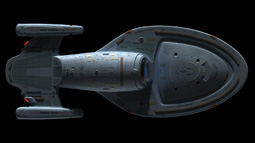
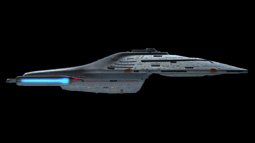
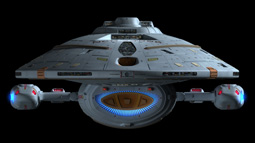
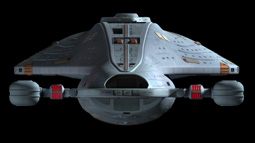
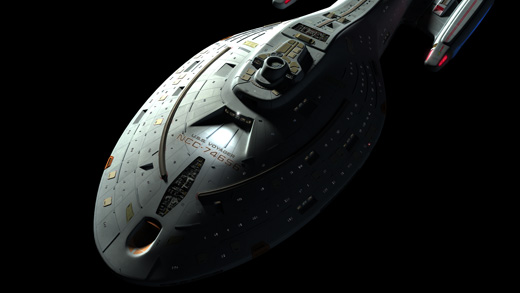
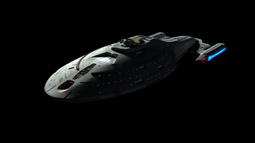
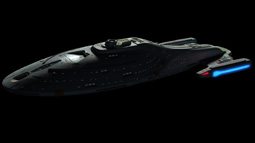
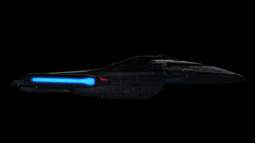
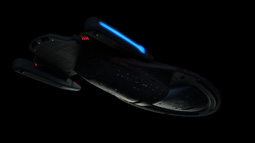
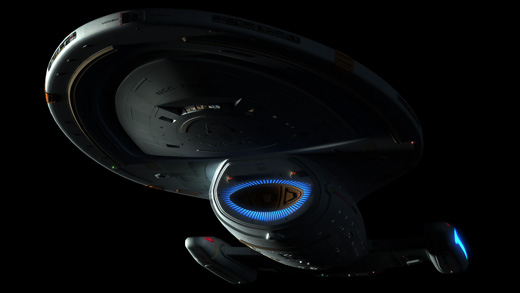
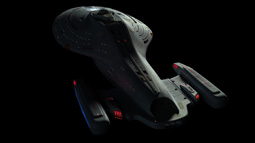
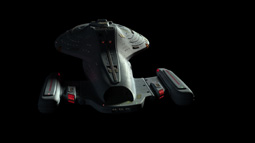
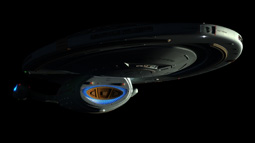
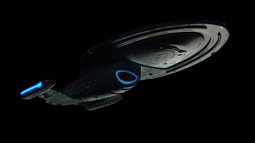
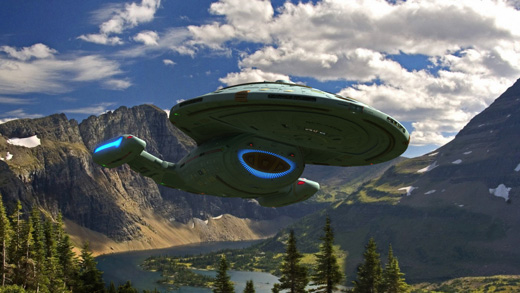
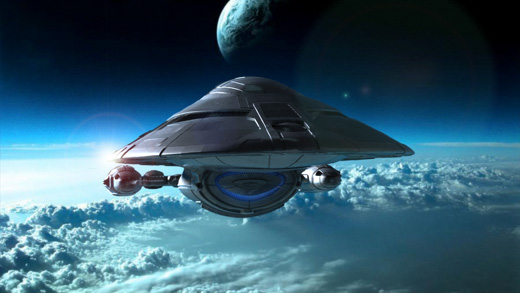
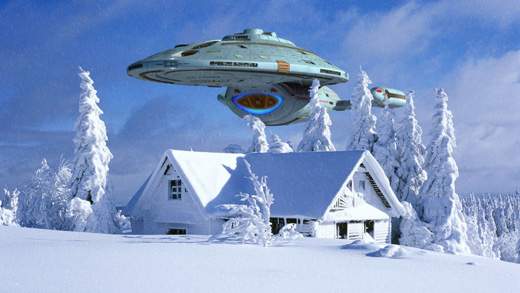
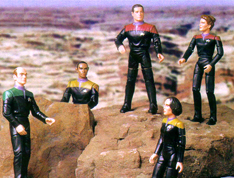

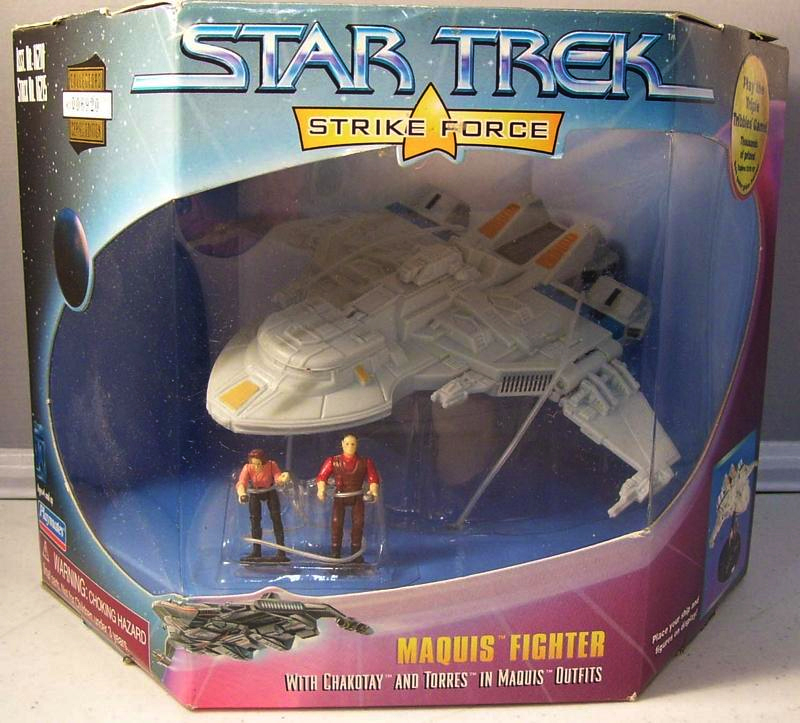
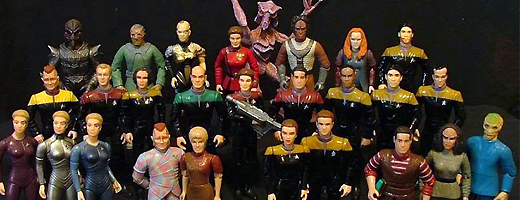
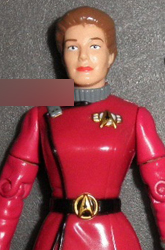
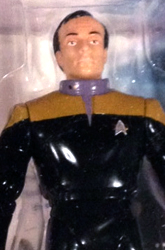
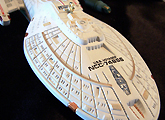
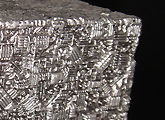
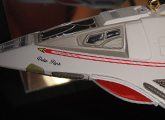
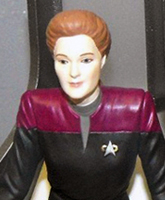
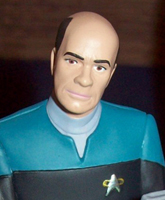
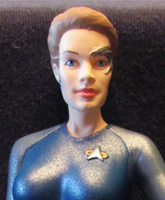
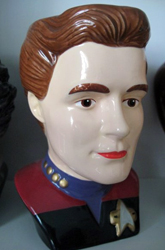
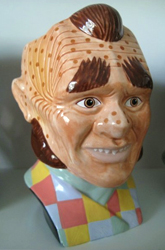
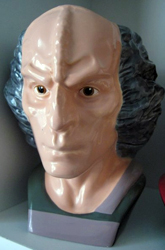
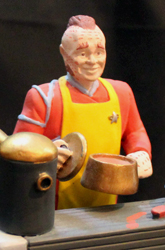
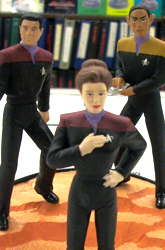
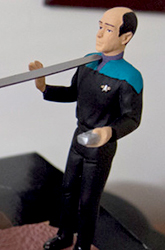

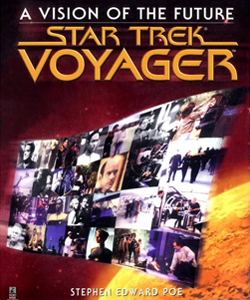
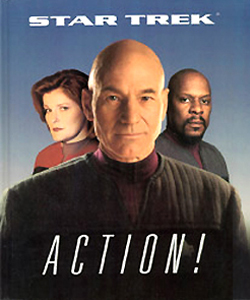
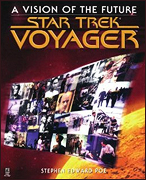 Star Trek: VoyagerA Vision of the Future
Star Trek: VoyagerA Vision of the Future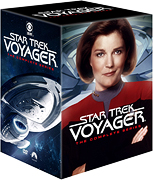 Star Trek: VoyagerComplete Series on DVD
Star Trek: VoyagerComplete Series on DVD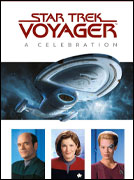 Star Trek: VoyagerA Celebration
Star Trek: VoyagerA Celebration